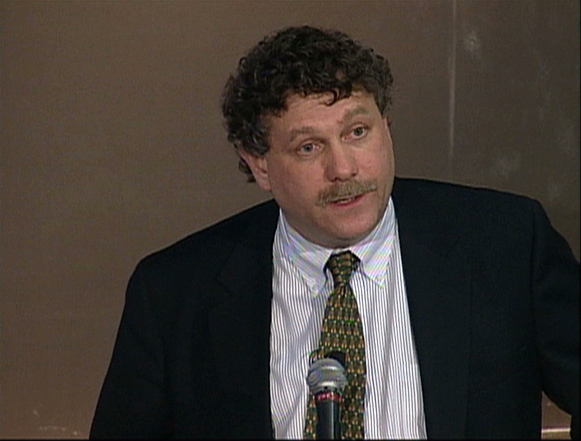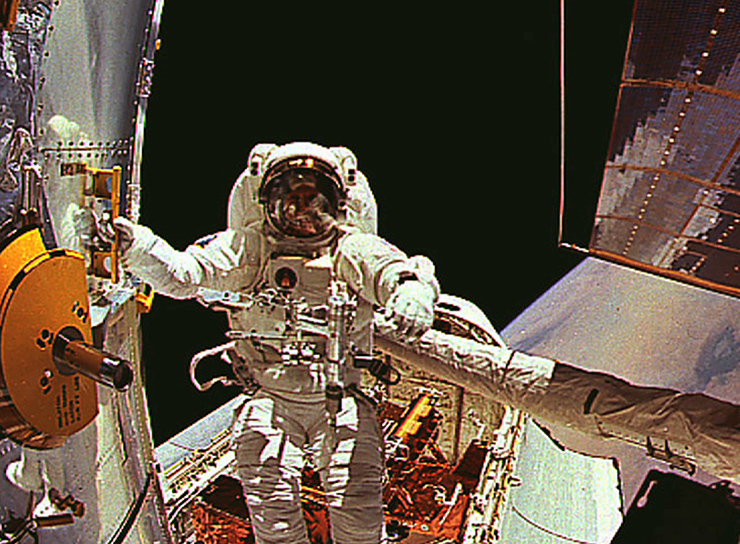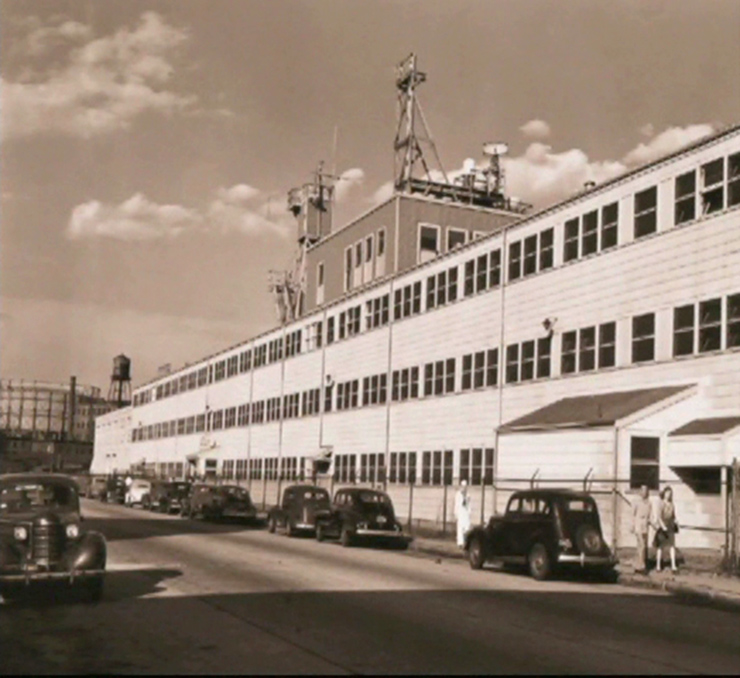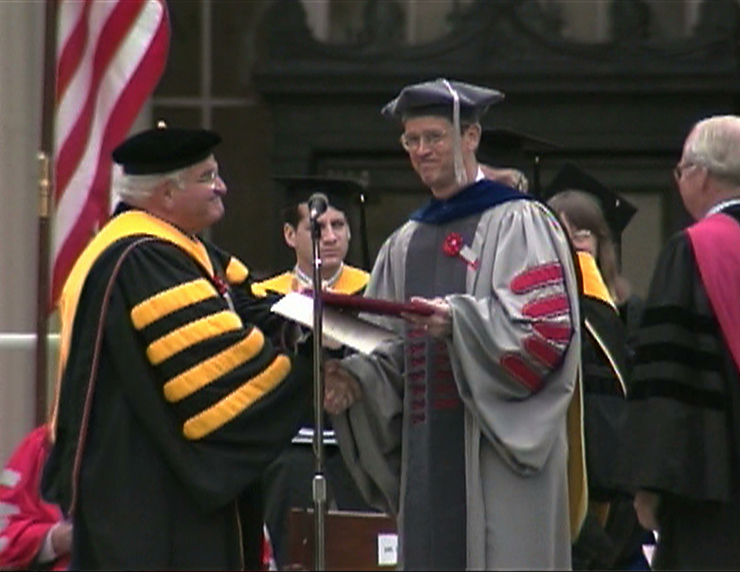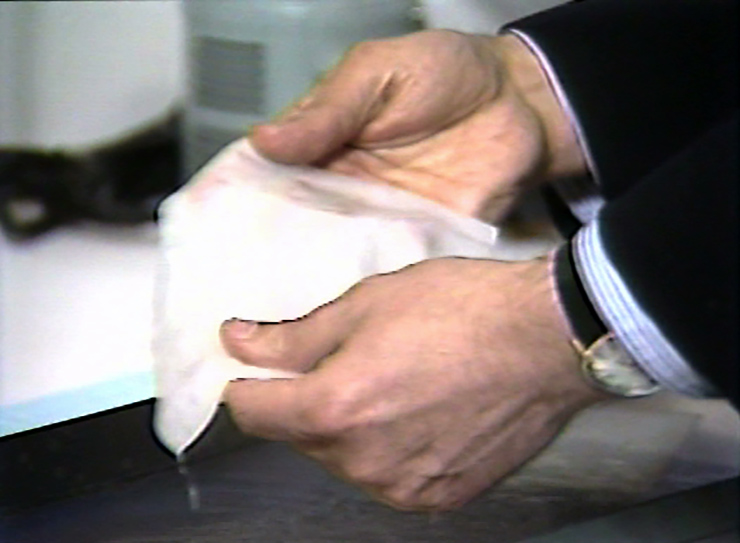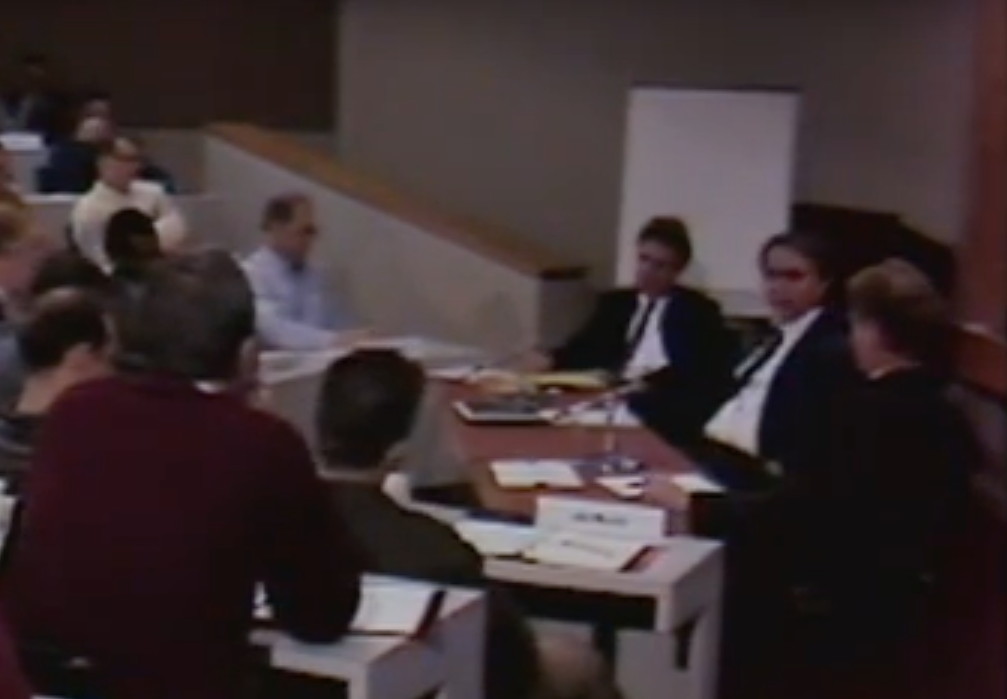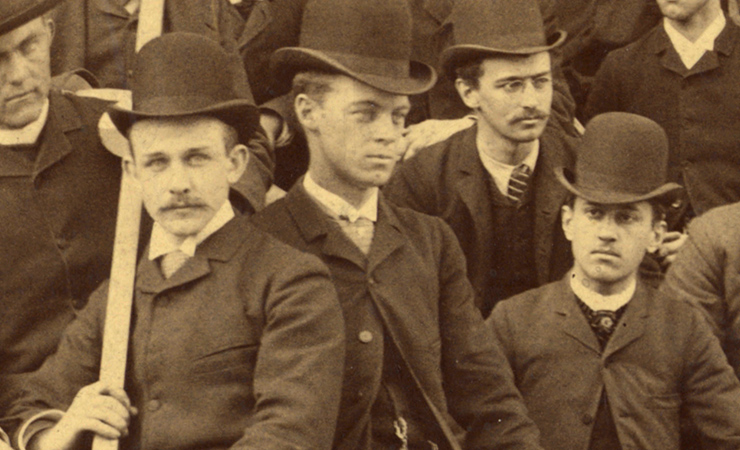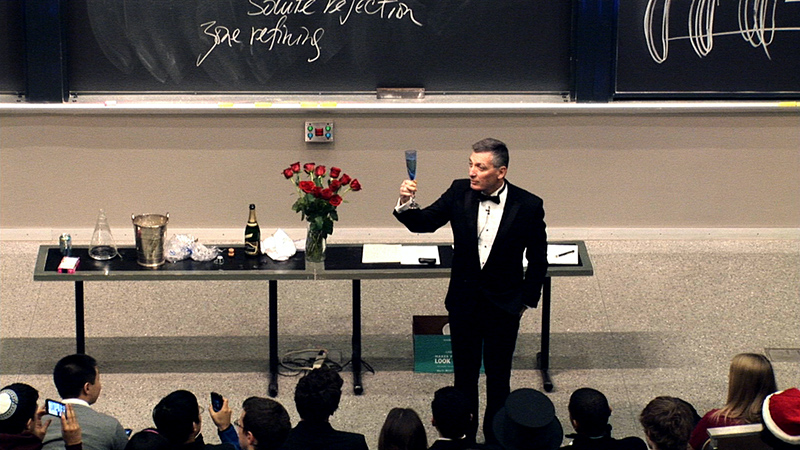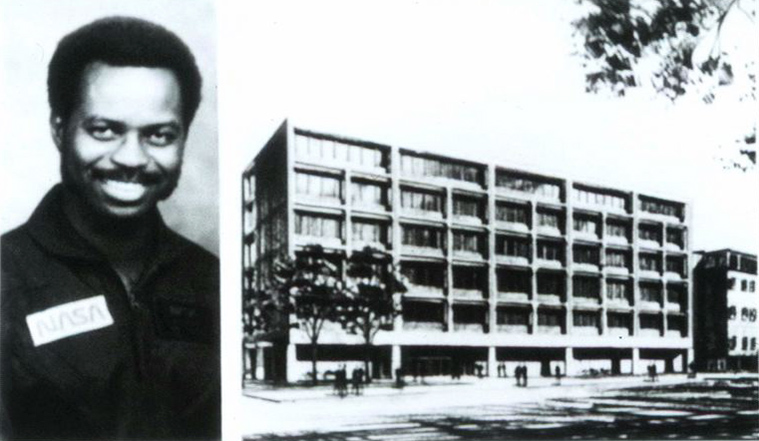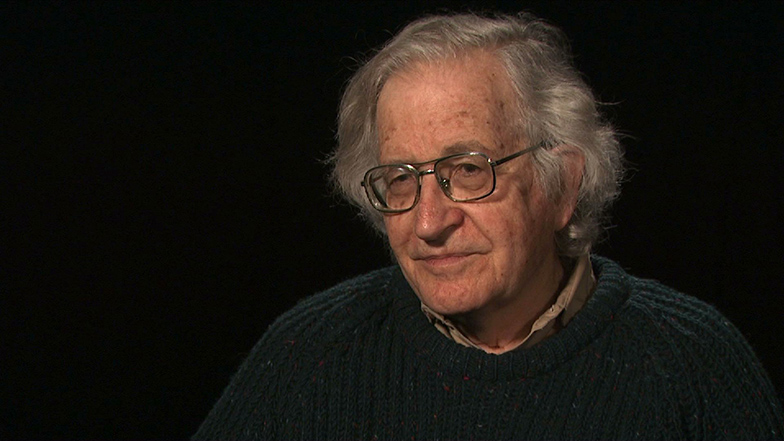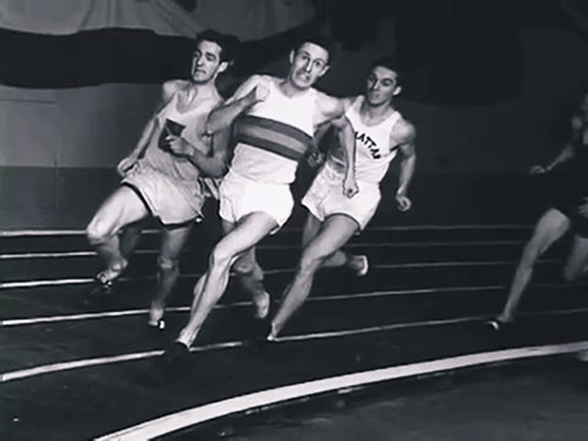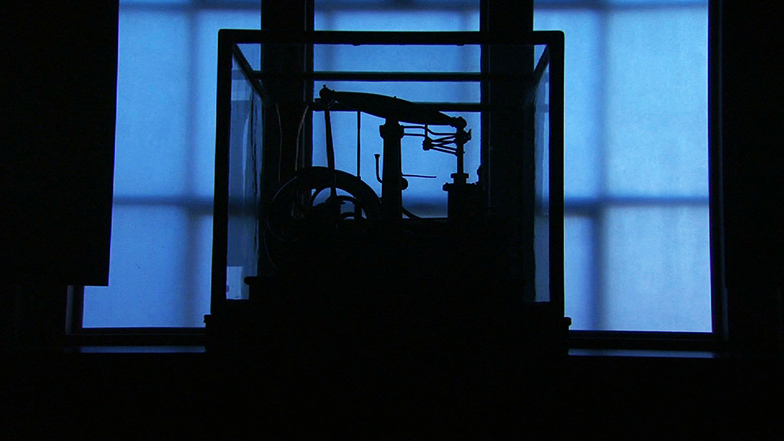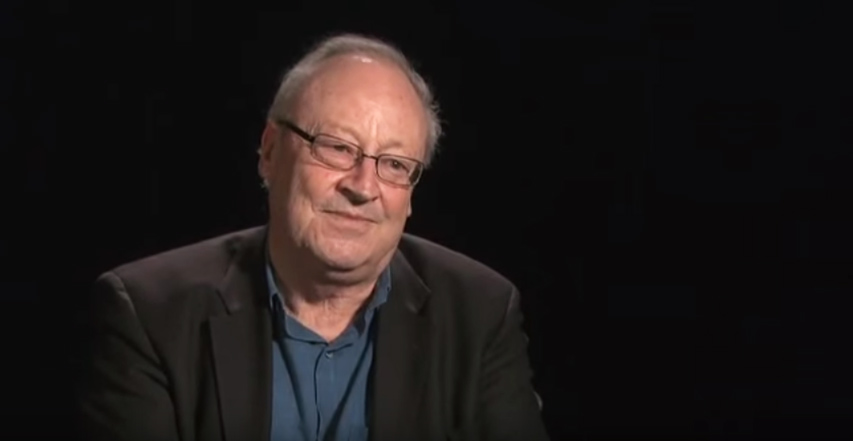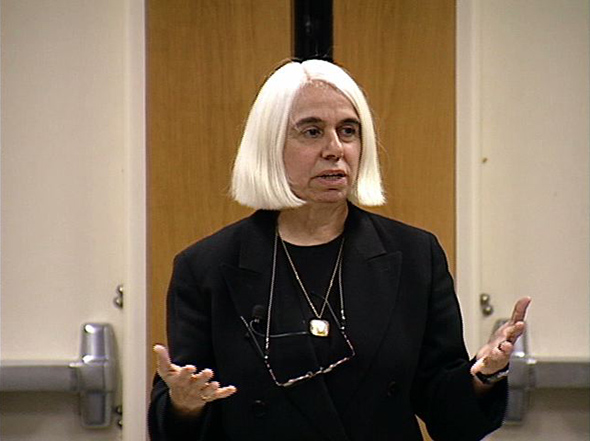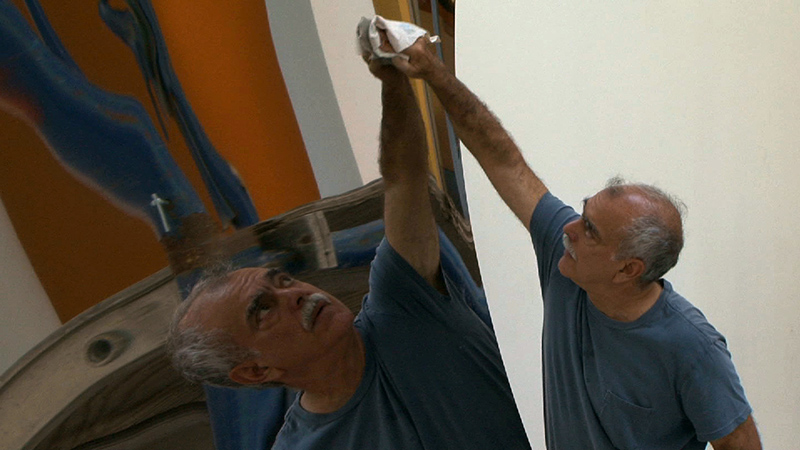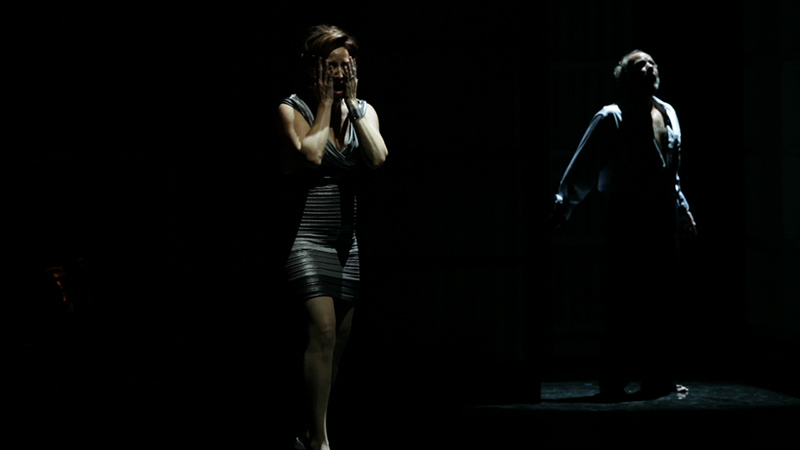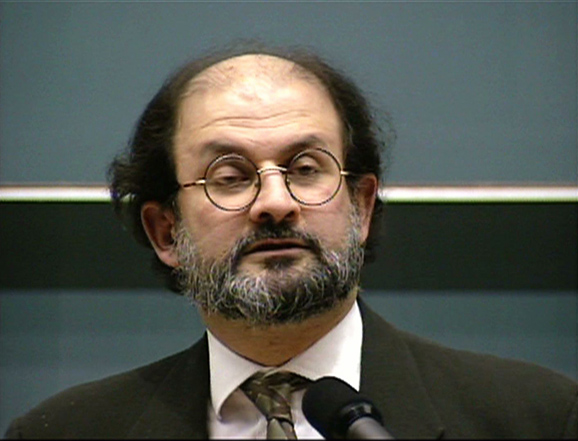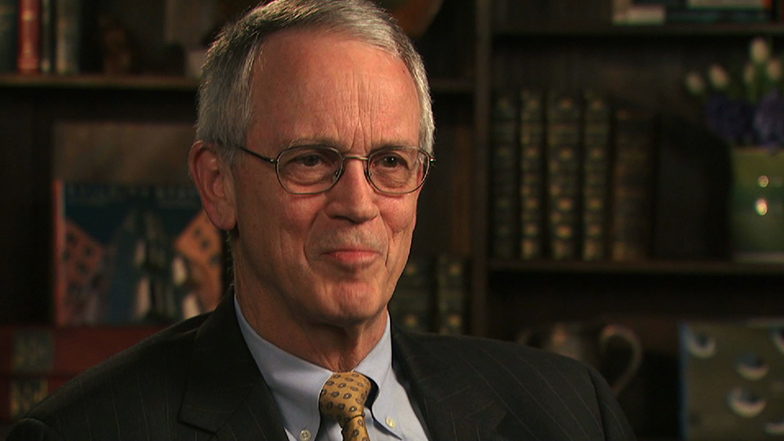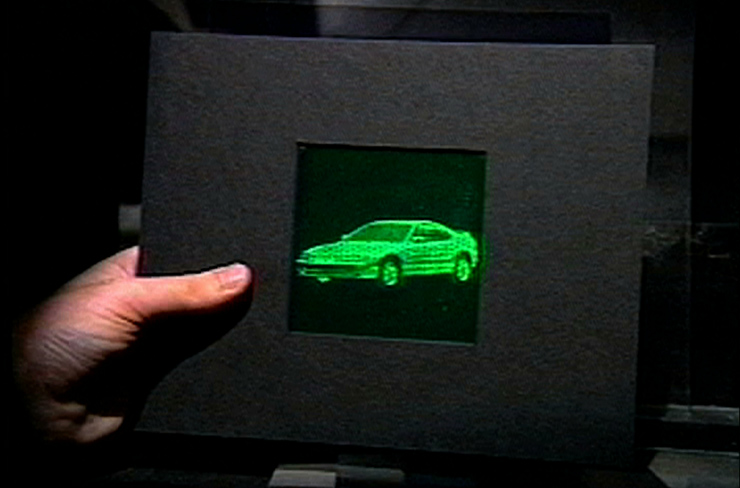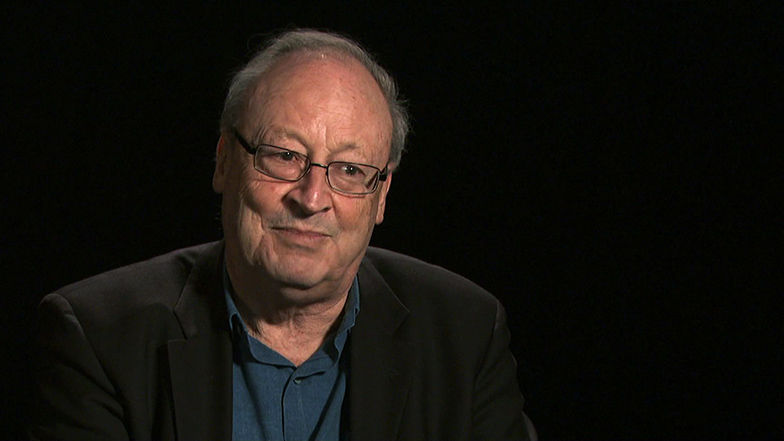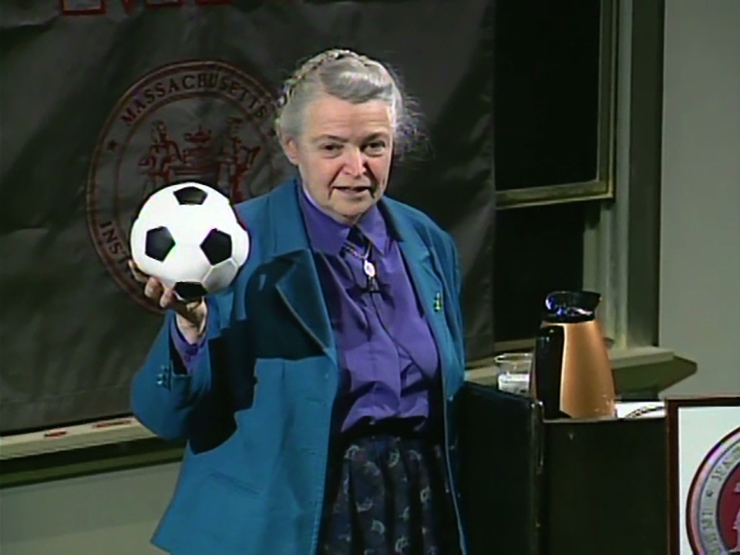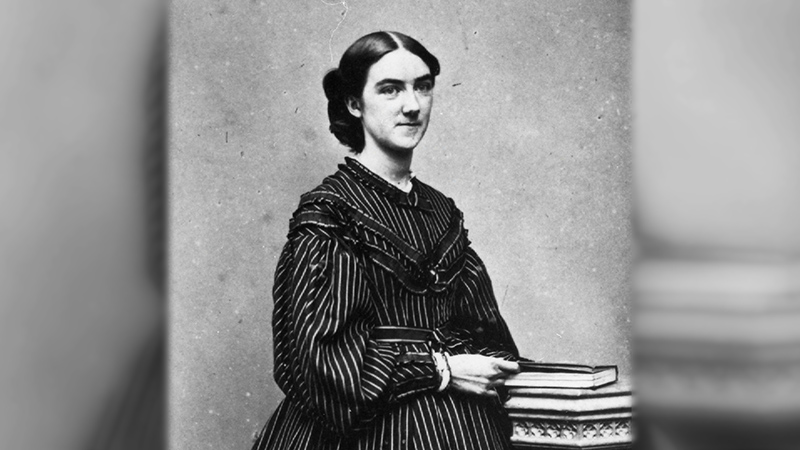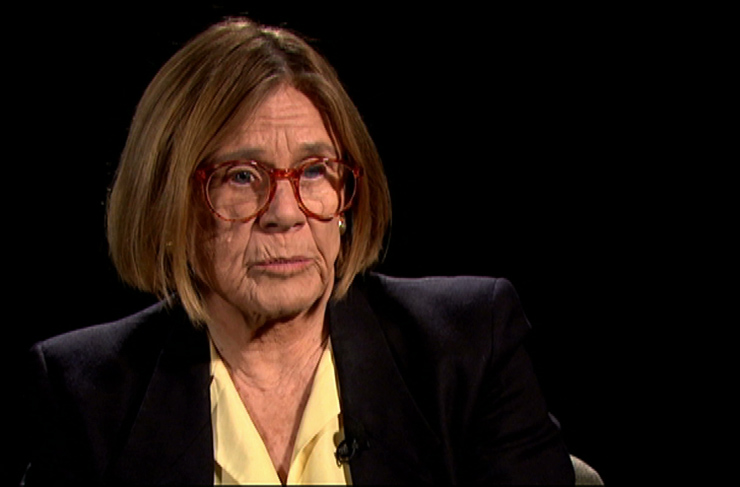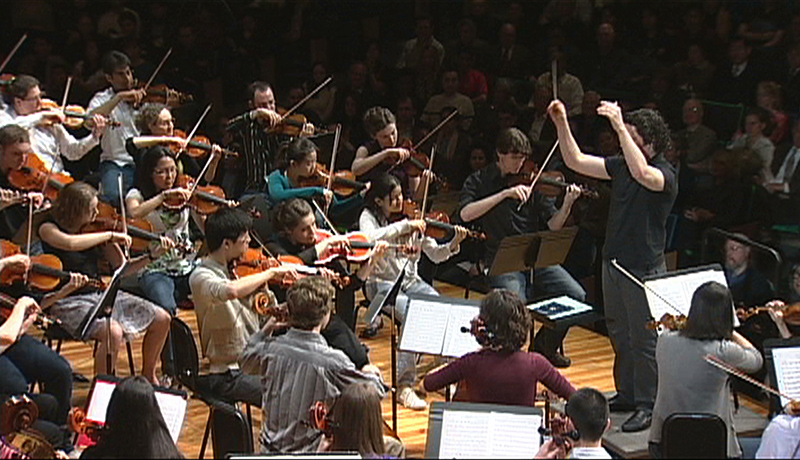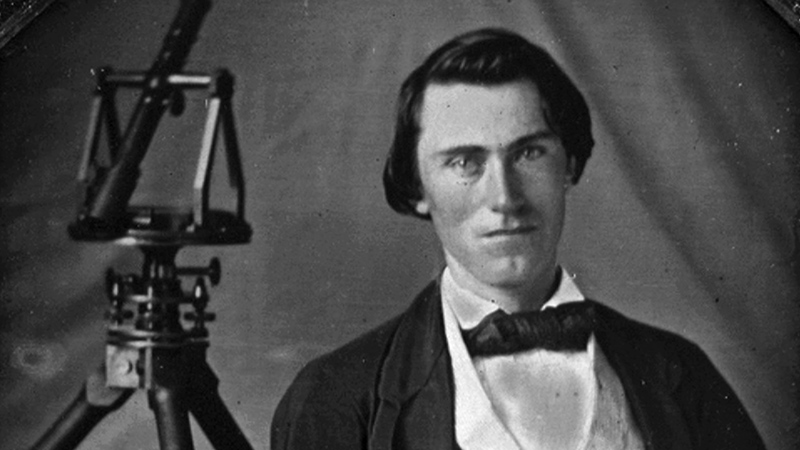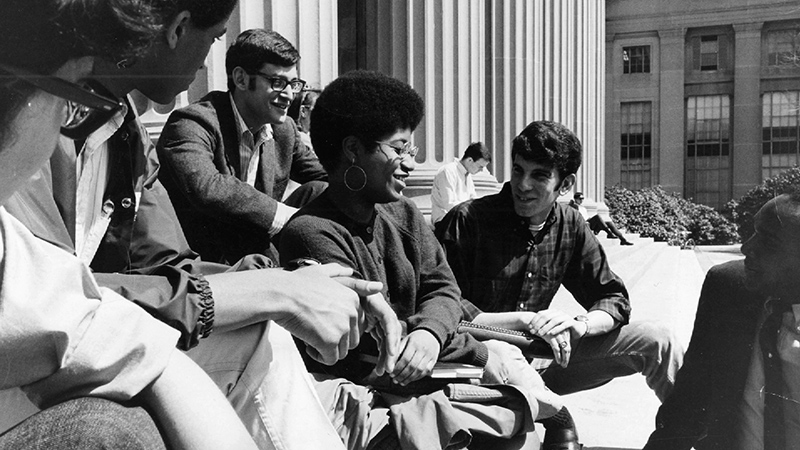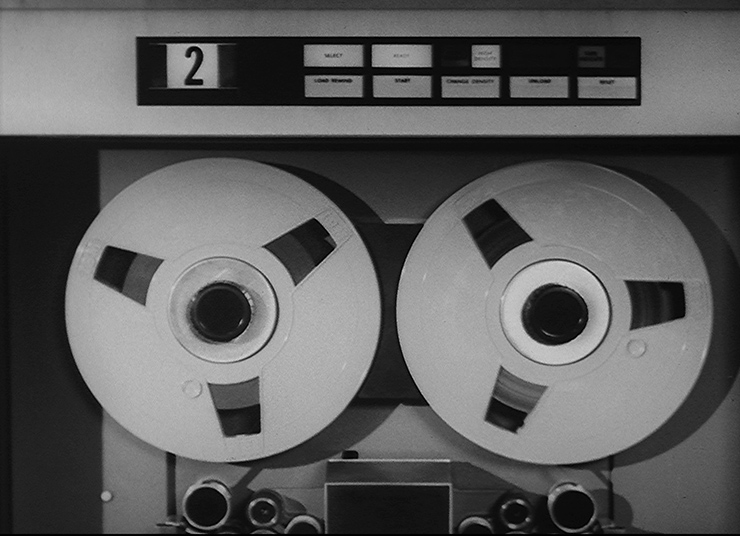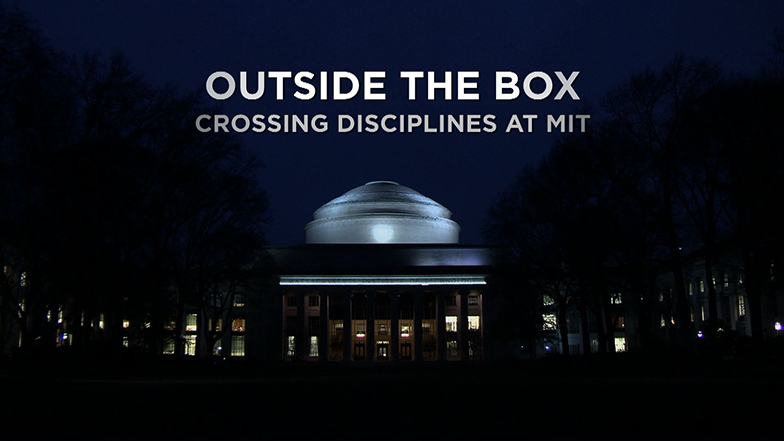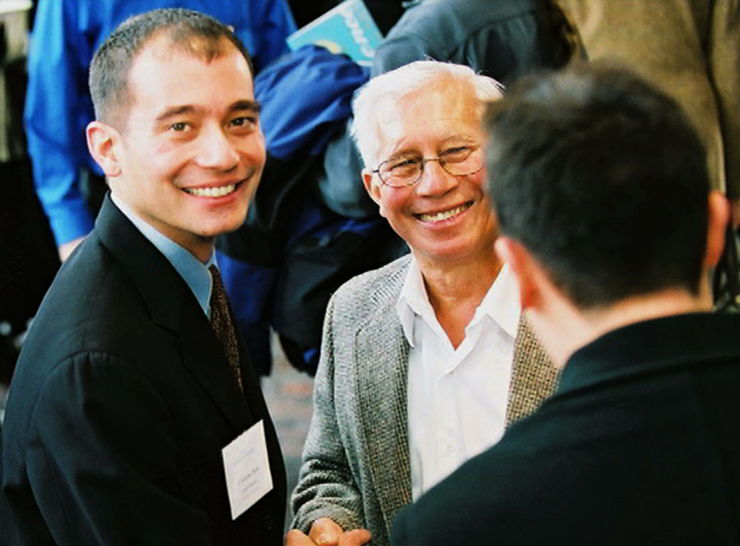"The Founding of MIT—Persistence of Vision" (Trailer)
NARRATOR: Today's Massachusetts Institute of Technology is a world-class center for teaching and research. It's hard to imagine how much the scientific landscape has changed from when founder William Barton Rogers first started thinking about a new kind of Polytechnic Institute.
DOUGLAS: Rogers' inability to hire workers for his survey that combined scientific knowledge and the ability to use technical apparatus was a great problem to his way of thinking.
NARRATOR: For decades, Rogers had been talking with his brother, Henry, about a new kind of polytechnic institution.
MINDELL: At the time, the ideals of science really focused on fundamental principles and sort of abstractions, somewhat disconnected from the real problems of industry and the people who worked in industry.
ROE SMITH: They began thinking about how to incorporate science into what they referred to as the useful arts. Today we would call that technology.
ALLISON: It's a revolutionary idea that someone will go to school to get training to become an architect, an engineer, a scientist.
HASTINGS: That idea of mind and hand, Mens et Manus, that goes right back to the beginnings of MIT. And it's coincident with the idea that the learning takes place by doing as well as just by seeing.
KAISER: Rogers had a very strong reaction against what he considered rote learning. And so from the beginning, there was an emphasis on combining kind of basic science with applied things in the field. Students took field trips to all kinds of working places where the technological world was being built. And Barton Rogers wanted all that right in the curriculum for his undergraduates right from the start.

